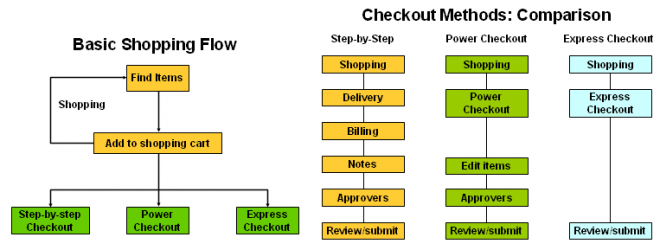For the example, You wants to capture the 'Actual Labour Cost' for each the work order.Maintenance employees work in different shifts and have different applicable rates.The working time will be entered against work orders using OTL.
Application must not calculate the cost based on rate defined for Resource as many employees will work under each resource.Depending upon the time or shift they work, the cost should be accounted for the work order
For the above case, there is no standard function to handle simultaneously 'Labour rates' for both Regular and Overtime for an employee within eAM. It provides a means to capture the costs at both Resource level and at Employee level. Depending on whether a resource or an employee is charged, the corresponding rates are used by the resource transaction cost manager. There is no way to capture 'Overtime rates' in EAM as of today
There is only 1 obvious workaround that you might consider feasible,The workaround is to use 2 separate resources each one with own rate.
1. RES_REGULAR resource with cost rate = 100
2. RES_OT resource with cost rate = 50
3. Assign the same employee to both.
4. Create 2 charge time transactions. 1 for regular one using RES_REGULAR resource and 1 for the Overtime using RES_OT.
5. You will have 2 resource transactions at the desired rates. And the cost is correct.
Application must not calculate the cost based on rate defined for Resource as many employees will work under each resource.Depending upon the time or shift they work, the cost should be accounted for the work order
For the above case, there is no standard function to handle simultaneously 'Labour rates' for both Regular and Overtime for an employee within eAM. It provides a means to capture the costs at both Resource level and at Employee level. Depending on whether a resource or an employee is charged, the corresponding rates are used by the resource transaction cost manager. There is no way to capture 'Overtime rates' in EAM as of today
There is only 1 obvious workaround that you might consider feasible,The workaround is to use 2 separate resources each one with own rate.
1. RES_REGULAR resource with cost rate = 100
2. RES_OT resource with cost rate = 50
3. Assign the same employee to both.
4. Create 2 charge time transactions. 1 for regular one using RES_REGULAR resource and 1 for the Overtime using RES_OT.
5. You will have 2 resource transactions at the desired rates. And the cost is correct.
